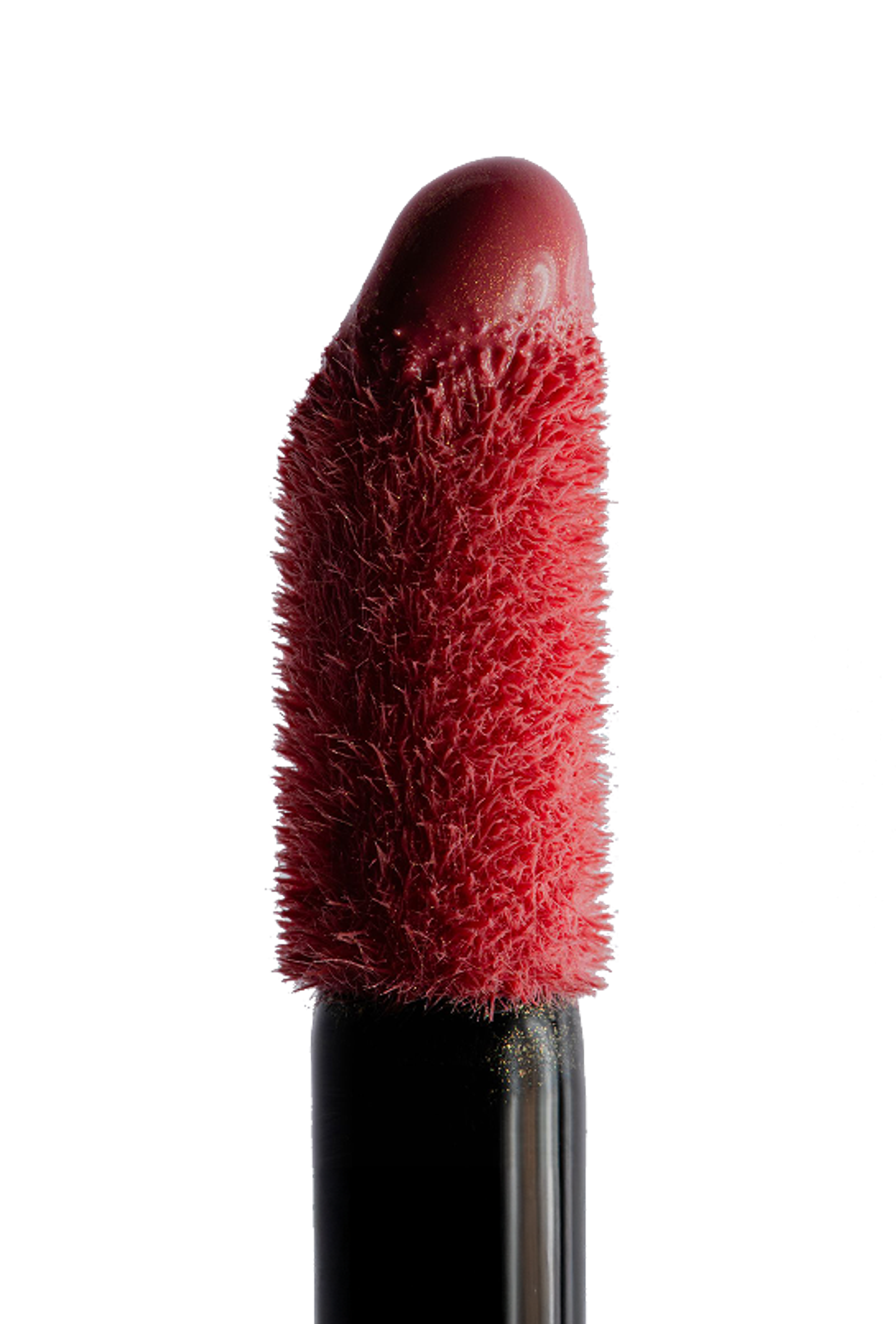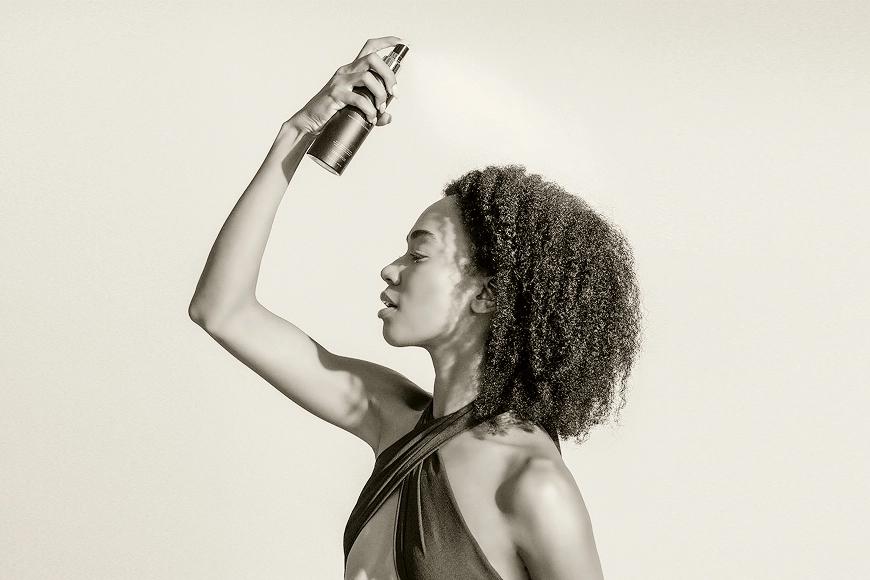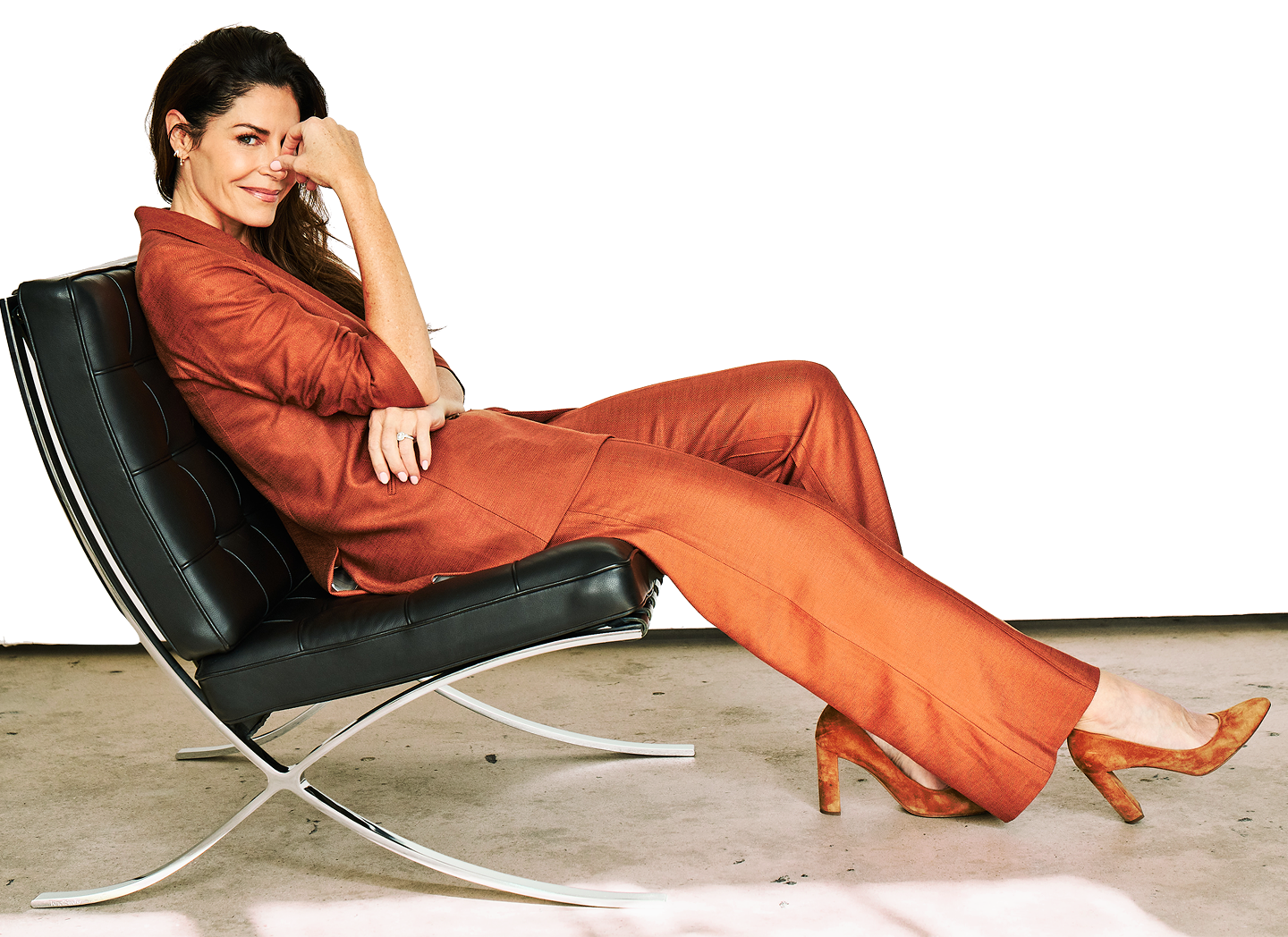

start and scale a brand with soul
Rachel Roberts Mattox provides Brand Development, Go To Market Strategy, and Advisory services for founder-led beauty, wellness, and lifestyle brands.
Transforming founder vision into soulful brands and scalable growth plans.
Brand Development
Where Strategy Meets Soul
Rachel’s 3-part process defines the foundation of your brand. We begin with Brand Strategy to clarify why you’re here, who you serve, and how you solve their problems better than anyone else. This leads us to a clear UVP and positioning. Brand DNA defines your brand’s personality, voice, and point of view. We bring this to life through Brand Identity, the visual language that expresses it all.

Go To Market Strategy
Transforming Essence Into Action
Go To Market isn’t just about your launch. It’s your playbook for longevity. Using Rachel’s proven 6C Start-To-Scale Framework™, we set a solid foundation for your brand to start strong and scale sustainably. Each pillar—Culture, Community, Content, Channels, Campaigns, and Cadence—works together to deliver meaning, momentum, and measurable results.

Advisory Services
Customized Support From Start Through Scale
Need expert guidance but not ready for a full-scale strategy? Or perhaps you have the plan, but need a seasoned leader to bring it to life. From Sounding Board Sessions to Fractional CMO support, Rachel offers tiered Brand & Marketing Advisory services designed to meet you where you are, and take you where you need to go.

A Few Kind Words
Rachel listened attentively and provided a step-by-step roadmap for how we could get to where we wanted to go. After much consideration, we bit the bullet and moved forward with everything she proposed. I am here to tell you it was worth every penny. She was able to wrap our brand with so much love and care, execute our vision with such diligence, demonstrate an ability to pivot, and in the end, she overdelivered. Our vision was executed above and beyond what I was hoping for. Today, Viktor Michael has a distinct voice, strong positioning, and a phenomenal alliance with strategic partners. I would trust Rachel's opinion in a heartbeat, and I strongly recommend her services to all start-up businesses. The beauty industry is a highly competitive and crowded space. Navigating it with Rachel has been absolutely incredible!





